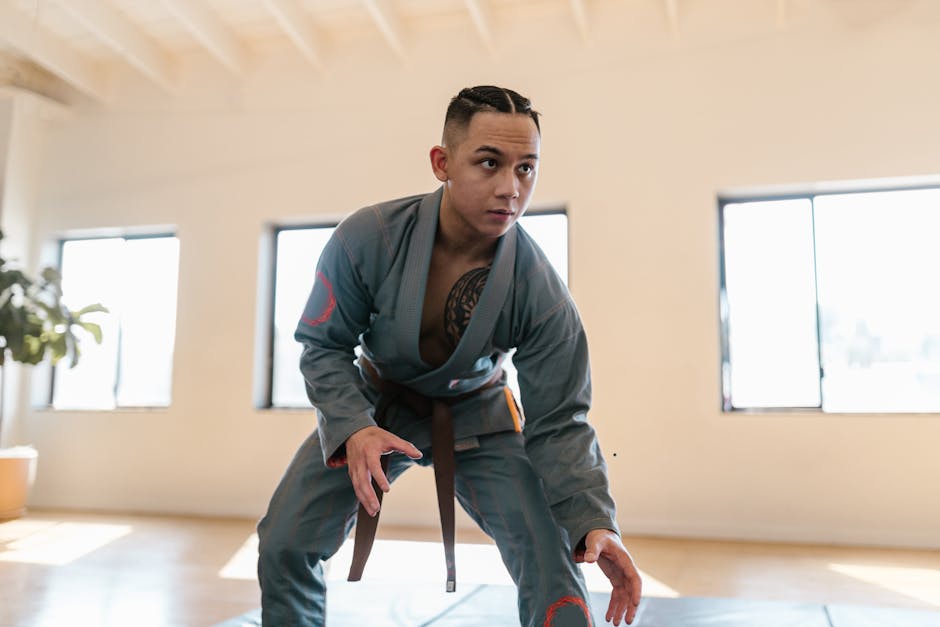
Grappling skills are an essential component of various martial arts, providing practitioners with the ability to control opponents through holds, throws, and submissions. Whether you are a beginner or an experienced martial artist, honing these skills can significantly enhance your performance in both competitive and self-defense situations. In this article, we will explore fundamental grappling techniques, effective training methods, and valuable resources to help you improve your grappling abilities.
Fundamental Grappling Techniques: An Overview
Understanding the fundamental techniques of grappling lays the groundwork for effective practice. Key moves include:
1. Takedowns
Takedowns are essential for bringing an opponent to the ground. Techniques such as the double leg takedown and single leg takedown allow a grappler to control their opponent’s movement and establish a dominant position. Mastering these techniques involves proper footwork, body positioning, and timing.
2. Guard Positions
The guard is a critical position in grappling, where one practitioner is on their back while controlling their opponent with their legs. Key variations include closed guard, open guard, and butterfly guard. Each variation offers distinct advantages and strategies for both defense and offense.
3. Submissions
Submission holds aim to force an opponent to concede defeat, typically through joint locks or chokes. Essential submission techniques include the armbar, triangle choke, and rear-naked choke. Understanding the mechanics and setups for these submissions can greatly enhance your effectiveness in grappling scenarios.
4. Escapes and Counters
Grapplers must also learn how to escape from unfavorable positions and counter their opponent’s moves. Techniques such as the bridge and roll escape, shrimping, and hip escapes are vital for transitioning from a disadvantageous position to one of control.
Effective Training Methods for Grappling Skills
Improving grappling skills requires dedicated practice and effective training methods. Consider incorporating the following approaches into your routine:
1. Drills
Regular drilling of specific techniques can help reinforce muscle memory. Focus on repetitive practice of takedowns, guard positions, and submissions in a controlled environment. This will help you become more comfortable with the movements and improve your overall execution.
2. Partner Exercises
Training with a partner allows you to practice techniques in a dynamic setting. Engage in sparring sessions where you can apply your skills against a resisting opponent. This not only helps with timing and distance management but also exposes you to various grappling styles and strategies.
3. Conditioning
Physical conditioning is crucial for grappling success. Focus on strength, endurance, and flexibility training to enhance your overall performance. Exercises such as bodyweight drills, resistance training, and cardiovascular workouts can help build the necessary physical attributes for effective grappling.
Resources and Tools for Grappling Improvement
To further your understanding and skills in grappling, consider exploring various resources:
1. Books
There are numerous books dedicated to grappling techniques and strategies. Look for titles authored by experienced practitioners that cover both fundamental and advanced concepts.
2. Online Courses
Many martial arts instructors offer online courses that provide in-depth analysis of grappling techniques. These courses often include video demonstrations and structured lessons that can significantly enhance your understanding.
3. Training Videos
Watching instructional videos can be an excellent way to visualize techniques and learn new skills. Platforms dedicated to martial arts often have a vast library of content focused on grappling skills, allowing practitioners to learn at their own pace. For a comprehensive collection, visit this link.
Conclusion
Improving your grappling skills requires a commitment to consistent practice and a willingness to learn. By focusing on fundamental techniques, utilizing effective training methods, and tapping into various resources, you can enhance your grappling abilities over time. Remember, the journey of mastering grappling is ongoing, and each practice session is an opportunity to grow and refine your skills. Embrace the challenge and enjoy the process of becoming a proficient grappler.

